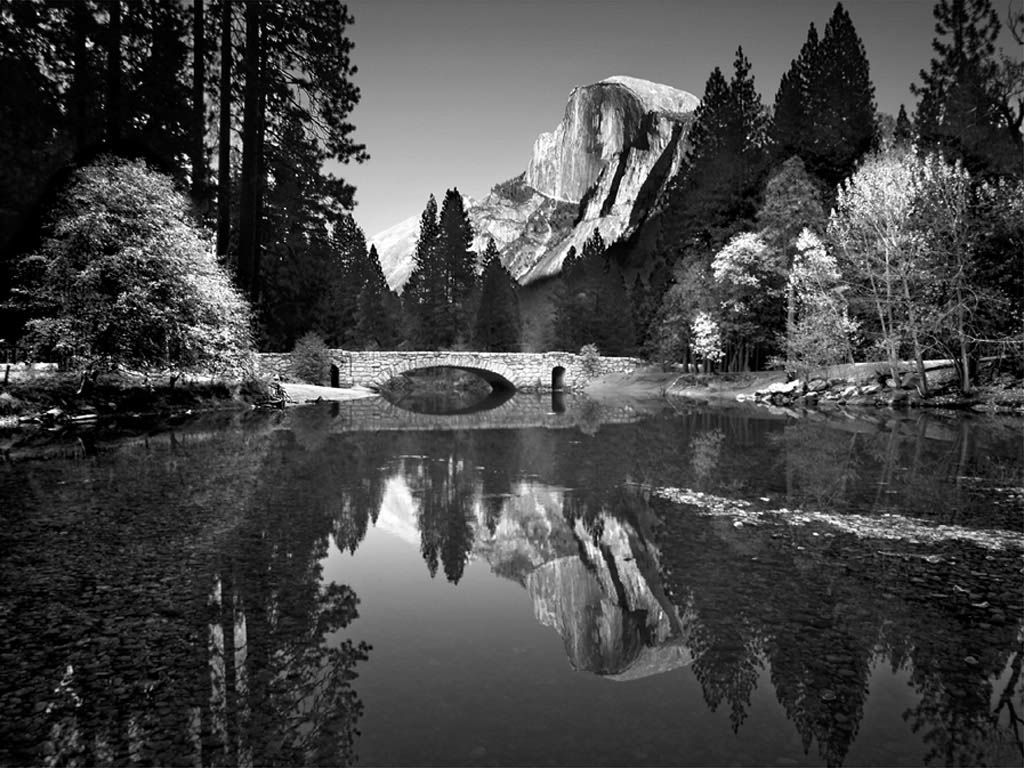Ansel Adams was a renowned photographer who believed that the essence of photography was capturing the “illusion of light” in a two-dimensional medium. He was particularly interested in black-and-white photography and believed that the tonal range of an image was just as important as its subject matter.
Adams believed that light was the fundamental element of photography, and that it was the photographer’s job to manipulate light to create the desired illusion in the final image. He wrote extensively about the importance of pre-visualization and careful exposure control in order to capture the illusion of light in a photograph.
For Adams, the illusion of light was the way in which a photograph could convey the emotional or spiritual essence of a subject, beyond what was simply visible to the eye. He believed that the photographer’s job was to use light to transform the subject into something more than just a visual representation.
In short, the “illusion of light” was Adams’ way of expressing the transformative power of photography, and the ability of light to create a sense of depth, mood, and emotion in a two-dimensional image.

